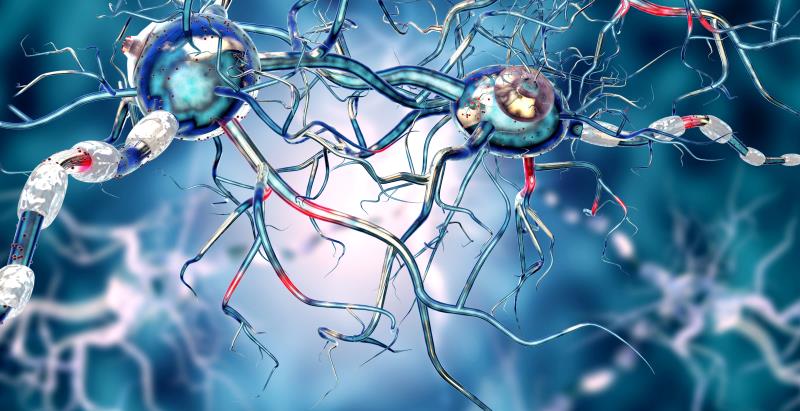
Preliminary data from an observational case–control study have shown that selexipag is safe and effective in the treatment of systemic sclerosis vasculopathy, particularly digital ulcers (DUs) and Raynaud phenomenon (RP).
The study included 23 consecutive patients with active and long-lasting DUs (from 6 to 12 months) and had received stable vasoactive immunosuppressant therapies in the previous 6 months. Of the patients, nine (mean age 46 years, eight females) received selexipag at 200-μg dose twice a day, which was then titrated with a weekly increase of 200 μg up to the maximum tolerated dose. The remaining 14 patients (mean age 59 years, 11 females) received standard-of-care therapy (control).
A total of 14 patients had anticentromere antibody positivity, eight had pulmonary arterial hypertension, and six had interstitial lung disease. All patients underwent the same advanced medication during the 6 months of follow-up. Compared with the control group, the selexipag group had a longer disease duration (20 vs 10 years; p=0.01) and had larger and more painful DUs (diameter: 18 vs 10 mm; p=0.009; VAS: 10 vs 7 cm; p=0.003).
Complete healing of DUs occurred in 56 percent of patients in the selexipag group vs 7 percent in the control group (p=0.018). At the end of follow-up, selexipag-treated patients had slightly better DU diameter (0 vs 5; p=0.15) and pain on the visual analogue scale (VAS) (5 vs 6; p=0.066) compared with those in the control group.
Furthermore, all Raynaud Condition Scores outcomes were more favourable, although some were not significantly so, in the selexipag vs the control group: number of attacks (4 vs 6; p<0.001), duration (20 vs 25 mm; p=0.083), and VAS (5 vs 6; p=0.066).
Of note, significant predictors of the diameter of DUs after 6 months included baseline DU diameter (β=0.70; p<0.001) and selexipag treatment (β=−7.1; p=0.006). No new DUs occurred during the 6-month therapy.